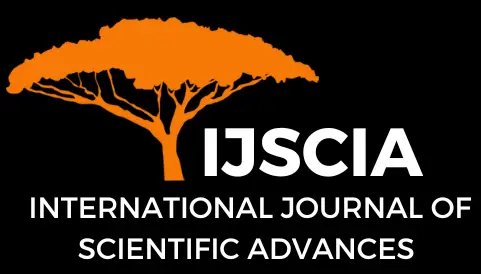High Levels of Monocyte Chemoattractant Protein-1 Plasma Are A Risk Factor for Neurocognitive Disorders in Human Immunodeficiency Virus Infection with Antiretroviral Therapy
Prima Yogi1* & I Made Susila Utama2
Abstract
Background: HIV-associated neurocognitive disorder (HAND) is a neurocognitive dysfunction caused by HIV infection. The prevalence of neurocognitive disorders of HIV in Indonesia is about 51%. Despite receiving antiretroviral therapy, HAND is still a common complication that causes morbidity in people with HIV. One of the foundations of HAND pathogenesis is inflammation. Infection of macrophages/microglia and astrocytes leads to excessive production of viral gene products and chemokines, one of them is Monocyte chemoattractant protein 1 (MCP-1). The purpose of this study was to determine plasma MCP-1 levels that increase the risk of neurocognitive disorders in HIV infection with antiretroviral therapy. Methods: This matched case-control study involved 76 subjects with HIV, 38 subjects with neurocognitive disorders, and 38 subjects without neurocognitive disorders. Cognitive status was reviewed based on MoCA-Ina examination criteria. Plasma MCP-1 levels were measured by enzyme-linked immunosorbent assay (ELISA). Results: Of the 76 subjects, the mean age of the case group was 42.08 ± 9.44 years and the control group was 42.16± 8.90 years. The cut point value based on the ROC curve of the plasma MCP-1 level was 82.14 pg/mL. It had an 86.8% sensitivity and 52.6% specificity for the occurrence of neurocognitive disorders in HIV. The risk of neurocognitive disorders in HIV was found in MCP-1 plasma ≥ 82.14 pg/mL (OR 7.33, p < 0.001, CI 95% = 2.35-22.83). Based on multivariate analysis, MCP-1 levels were independently associated with the incidence of neurocognitive disorders in HIV (AOR 11.01, CI 95% = 2.75-44.01, p=0.001). Conclusion: This study showed that high plasma MCP-1 levels were an event risk factor for neurocognitive disorders in HIV with antiretroviral therapy.
Keywords
MCP-1; neurocognitive disorders; HIV
Cite This Article
Yogi, P., Utama, I. M. S. (2024). High Levels of Monocyte Chemoattractant Protein-1 Plasma Are A Risk Factor for Neurocognitive Disorders in Human Immunodeficiency Virus Infection with Antiretroviral Therapy. International Journal of Scientific Advances (IJSCIA), Volume 5| Issue 1: Jan-Feb 2024, Pages 174-179, URL: https://www.ijscia.com/wp-content/uploads/2024/02/Volume5-Issue1-Jan-Feb-No.568-174-179.pdf
Volume 5 | Issue 1: Jan-Feb 2024


